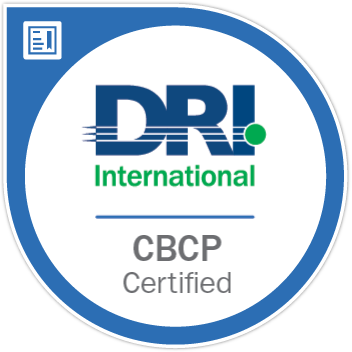
Crisis communication is the process of managing communication during an event or situation that threatens an organization's reputation, operations, or stakeholders' safety. The following are some of the best methods of crisis communication:
Develop a crisis communication plan: Before a crisis occurs, organizations should have a comprehensive crisis communication plan in place that outlines the roles and responsibilities of the crisis team, key messaging, communication channels, and procedures for monitoring and evaluating the situation.
Be proactive: In the event of a crisis, it's essential to be proactive in communicating with stakeholders, including employees, customers, suppliers, and the media. Providing timely and accurate information can help prevent misinformation and rumors from spreading.
Be transparent: Honesty and transparency are critical during a crisis. Organizations should be open and honest about the situation, its impact, and the steps being taken to address it. Concealing or downplaying the severity of the crisis can cause more harm than good.
Use multiple communication channels: During a crisis, organizations should use multiple communication channels to reach their stakeholders, including social media, email, phone, and in-person meetings. Using multiple channels ensures that the message reaches the intended audience and provides an opportunity for feedback and questions.
Empathize with stakeholders: Acknowledge the impact of the crisis on stakeholders and express empathy. Showing that you understand the challenges faced by your stakeholders can help build trust and confidence.
Monitor and evaluate: Monitor the situation closely and evaluate the effectiveness of the crisis communication plan regularly. Adjust the plan as necessary to ensure that it continues to meet the organization's needs.
Overall, effective crisis communication requires careful planning, proactive communication, transparency, empathy, and continuous evaluation and adjustment.
Rudy Giuliani, who was the mayor of New York City during the 9/11 attacks. Regardless of what you think of him, he is widely praised for his approach to crisis communication in the aftermath of the tragedy. Here are some of the key elements of his approach:
1. Proactive communication: He took a proactive approach to communicating with the public, holding regular press conferences to provide updates and address concerns. He made himself available to the media and was seen as a reliable source of information.
2. Honesty and transparency: He was open and honest with the public about what had happened and what was being done to address the situation. He didn't try to downplay the severity of the attacks or make promises that he couldn't keep. 3. Empathy and compassion: He showed empathy and compassion for the victims and their families, and he made sure that the city's response to the attacks was focused on helping those who had been affected. 4. Strong leadership: He projected an image of strong leadership, which helped to reassure the public that the city was in good hands. He worked closely with other officials, including police and fire department leaders, to coordinate the response to the attacks. 5. Message consistency: He was consistent in his messaging, which helped to ensure that the public was receiving accurate and reliable information. He also worked to avoid sending mixed messages or contradicting himself.
Overall, Giuliani's approach to crisis communication after 9/11 was effective in calming the public and rallying support for the city's response to the attacks. His leadership during this time is still held up as a model for crisis communication today.

Comments